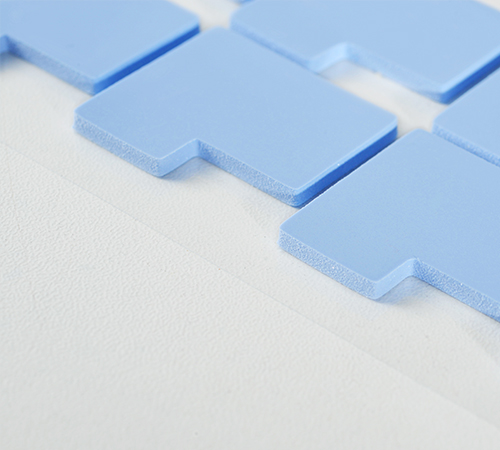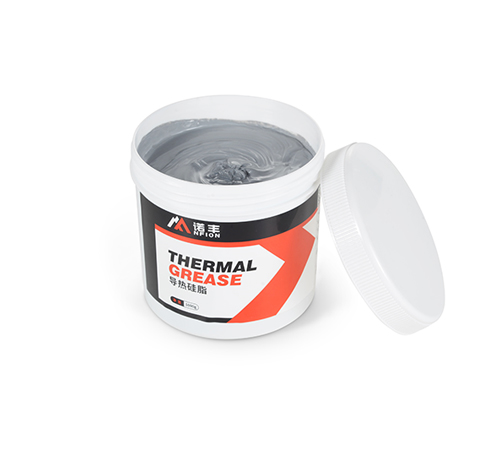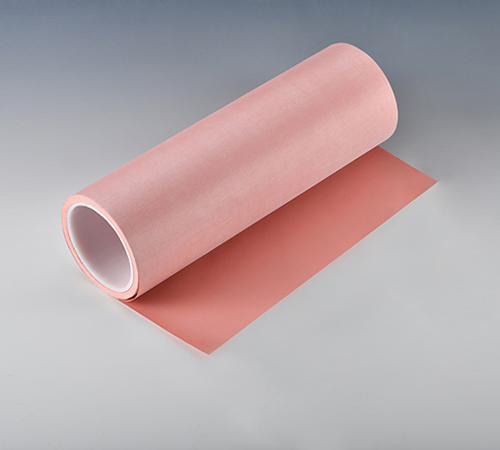Photovoltaic Inverter Overheating Issues? Expert Analysis & Effective Cooling Secrets!
The photovoltaic inverter, as the "heart" of a photovoltaic power generation system, is crucial for the efficient and stable operation of the entire system and its safety. However, the heat generated during operation, if not dissipated in time, will lead to the inverter overheating, which in turn will cause efficiency reduction, shortened lifespan, and even system failures. As a specialized manufacturer deeply rooted in the field of thermal interface materials, we fully understand the paramount importance of efficient thermal management in ensuring the reliability of photovoltaic inverters. This article will delve into the causes of photovoltaic inverter overheating and provide practical and effective solutions based on our professional thermal management expertise.
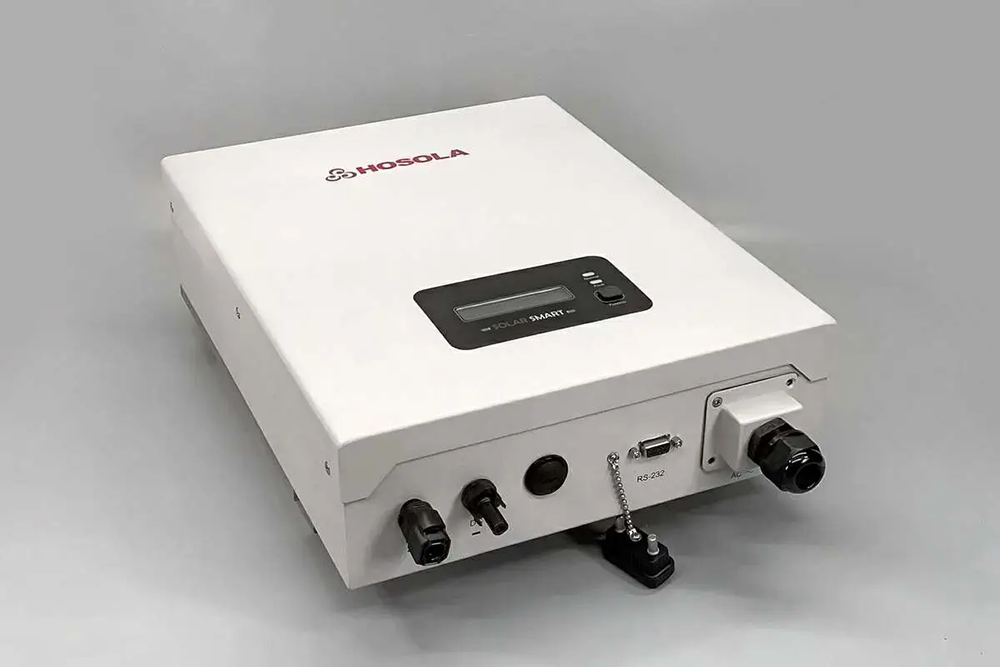
A Multi-Dimensional Analysis of Photovoltaic Inverter Overheating
The temperature rise of an inverter is a complex physical process involving multiple internal and external factors. Accurately identifying these root causes is essential for developing effective cooling solutions.
1. External Environmental Factors:
● Extreme Ambient Temperatures: Especially in hot regions or during summer high-temperature periods, the ambient temperature itself is already at a high level, which undoubtedly poses a significant challenge to the inverter's cooling system.
● Limited Air Circulation: Unreasonable installation locations, such as small enclosed spaces or areas obstructed by obstacles, severely impede natural air convection, making it difficult for heat to dissipate.
● Continuous Solar Radiation: Prolonged exposure to direct sunlight causes the inverter casing to absorb a large amount of solar energy, which is converted into heat, further driving up the internal temperature.
● Adverse Environmental Conditions: Excessive humidity can affect heat dissipation efficiency, while dust particles in the air easily adhere to heat sink fins and fan blades, forming an insulating layer that hinders heat transfer.
2. Internal Load Characteristics:
● Prolonged High-Power Operation: When the photovoltaic system is in peak power generation periods, the inverter operates at high or even full load for extended periods, and core components such as power semiconductors generate significant heat.
● Grid-Side Disturbance Effects: Abnormal fluctuations in grid voltage or current, as well as potential internal system faults, can cause the inverter to operate abnormally, generating additional energy losses and converting them into heat.
● Instability of DC Input: Unstable voltage or current from photovoltaic modules, exceeding the inverter's normal operating range, will also increase its internal losses and heat generation.
3. Device-Specific Factors and Thermal Bottlenecks:
● Degradation of Cooling System Efficiency: The decline in performance, bearing wear, or even stalling of the inverter's internal fans, as well as deformation or blockage of heat sink fins, will directly weaken the cooling capacity.
● Aging and Failure of Key Components: Over time, the performance of core components such as power devices and capacitors may gradually decline, leading to higher energy losses and heat generation.
● Insufficient Thermal Considerations in Initial Design: Some inverter products may not have adequately considered thermal margins during the design phase, making them prone to overheating, especially when dealing with complex operating conditions.
● Performance Degradation of Thermal Interface Materials: As a manufacturer of thermal interface materials, we pay particular attention to the fact that the performance of thermal interface materials (such as thermal grease and thermal pads) between the core heat-generating components and the heat sink inside the inverter is crucial. After long-term operation, these materials may experience drying, aging, cracking, etc., leading to increased thermal resistance and inefficient heat transfer, becoming a bottleneck in heat dissipation.
Potential Hot Spots in Electrical Connections: Loose or poor internal or external electrical connections will generate additional resistive heat, and localized overheating not only affects device efficiency but may also pose safety hazards.
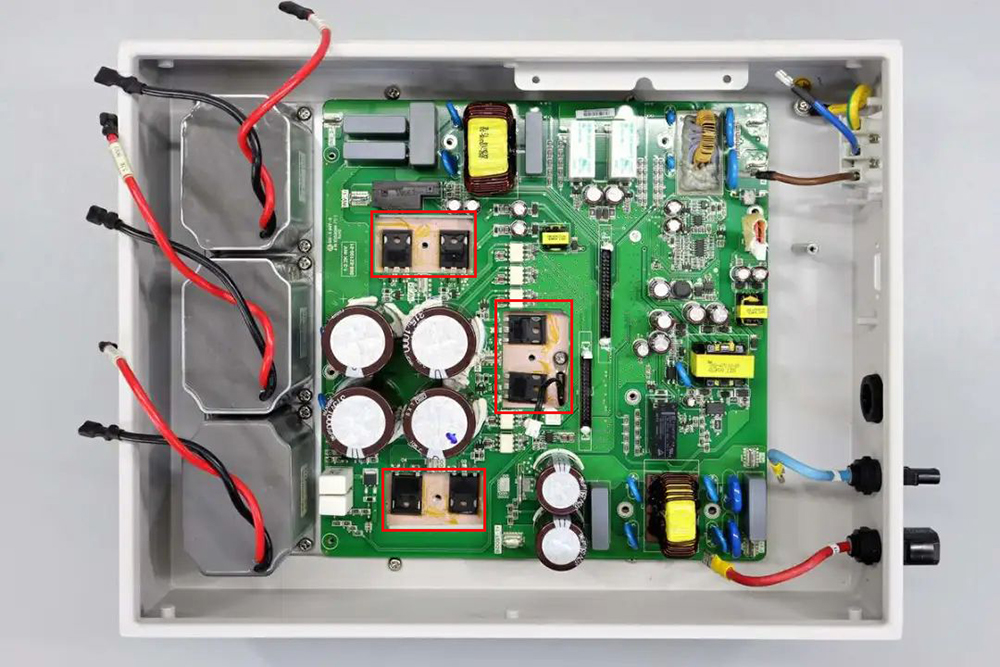
Temperature Control Strategies Based on Professional Thermal Management Solutions
Addressing the above causes of overheating, we can adopt a comprehensive temperature control system starting from optimizing the environment, controlling the load, equipment maintenance, and crucially, upgrading thermal interface materials.
1. Optimizing the External Operating Environment:
● Scientific Site Selection and Ventilation Design: Choose installation locations with good air circulation, avoiding enclosed or small spaces. If necessary, forced ventilation equipment such as industrial fans or exhaust fans can be added.
● Effective Shading Measures: Install sunshades or other shielding to reduce direct solar radiation on the inverter.
● Regular Cleaning and Maintenance: Establish a routine cleaning mechanism to regularly remove dust and debris from the inverter and its heat sink, ensuring unobstructed heat dissipation channels. Take corresponding moisture-proof measures for high-humidity environments.
2. Rational Planning and Control of System Load:
● Refined Considerations During System Design: In the initial design phase of the photovoltaic system, the capacity of photovoltaic modules and inverters should be reasonably matched according to the actual application scenarios and environmental conditions to avoid "oversized horse pulling a small cart" or prolonged overload operation.
● Real-time Monitoring of Operating Status: Utilize intelligent monitoring systems to real-time monitor the inverter's load rate and temperature data, promptly identifying and addressing abnormal operating conditions.
● Fault Diagnosis and Linked Protection: Quickly diagnose and resolve various faults on the grid side and DC side to prevent the inverter from continuously generating heat under abnormal conditions.
3. Emphasizing Equipment Maintenance and Thermal Upgrades:
● Regular Inspection of the Cooling System: Routinely inspect the operating status and speed of the cooling fans and the cleanliness of the heat sink fins.
● Ensuring the Reliability of Key Electrical Connections: Regularly inspect and tighten the internal and external electrical connections of the inverter to eliminate potential heat generation due to poor contact.
● Maintenance and Upgrade of Thermal Interfaces for Core Heat-Generating Components: As thermal interface material experts, we strongly recommend regular inspection of the thermal interface materials between the inverter's internal power modules, inductors, and other core heat-generating components and the heat sink. Once aging, drying, or cracking is found, they should be promptly replaced with high-performance thermal grease, thermal pads, or thermal gels produced by our company. These materials have excellent thermal conductivity and long-term stability, which can significantly reduce thermal resistance and ensure efficient heat transfer, thereby lowering the operating temperature of core components and improving the overall reliability of the equipment.
● Customized Thermal Solutions Based on Operating Conditions: For inverters of different power ratings and application scenarios, we can provide customized thermal solutions, including selecting appropriate thermal interface materials and optimizing application processes, to meet the specific cooling needs of customers.
4. Technological Innovation and Product Selection:
● Prioritize Selecting Inverters with Advanced Cooling Designs: When building new or replacing photovoltaic systems, priority should be given to inverter products with outstanding advantages in cooling design.
● Focus on the Application of New Cooling Technologies: Understand and adopt more efficient cooling technologies such as liquid cooling, which often place higher demands on the performance of thermal interface materials.
● The Importance of Selecting High-Quality Thermal Interface Materials: Choosing high thermal conductivity, low thermal resistance, and high reliability thermal interface materials from professional manufacturers like our company is a crucial step in improving the cooling efficiency of inverters. Our product line covers various application needs and can provide customers with comprehensive thermal management solutions.
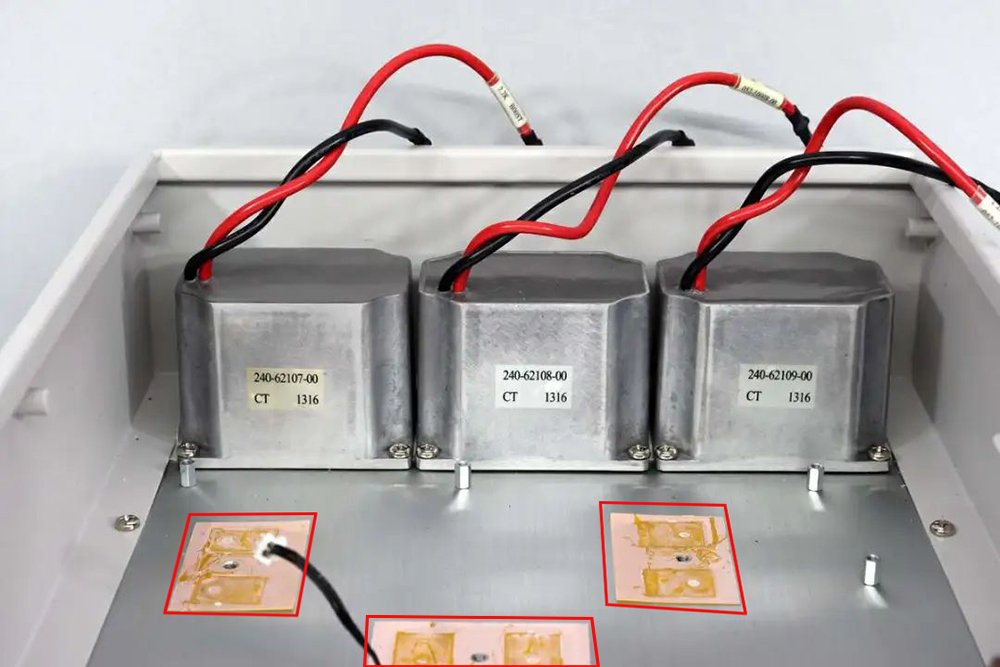
Conclusion
Temperature control of photovoltaic inverters is a critical aspect of ensuring the long-term stable operation of the system. By deeply analyzing the causes of overheating and combining scientific environmental optimization, load control, equipment maintenance, and the crucial upgrade and application of thermal interface materials, this problem can be effectively solved. As a professional manufacturer of thermal interface materials, we not only provide high-performance products but are also committed to providing professional thermal technology support to the photovoltaic industry, helping customers improve the efficiency and reliability of photovoltaic inverters and jointly promoting the sustainable development of green energy. Choosing us means choosing efficient and reliable thermal protection.



 CN >
CN >
